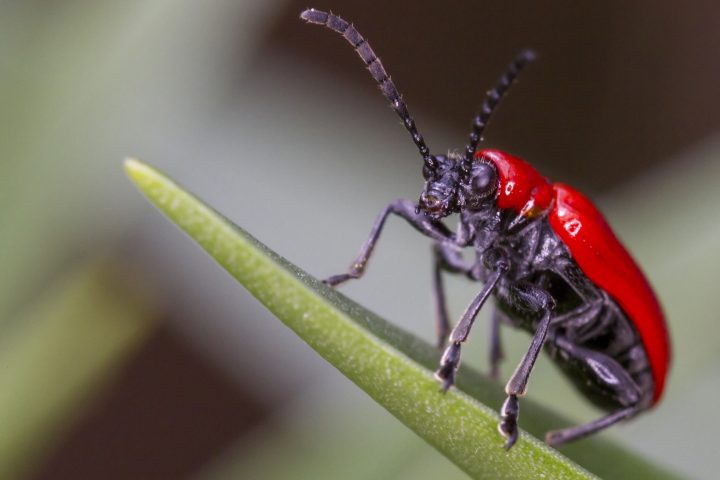Nanowires from Bar-Ilan University are made using DNA origami coated in a superconducting material.
Benefits
- Increased conductivity
- Decreased resistance
Applications
- Nanoelectronics
- Electronic devices
UN Sustainable Development Goals Addressed
-

Goal 9: Industry Innovation & Infrastructure
The Challenge
Superconductive materials are able to handle an electric current flow indefinitely with no power source. They are great for small-scale electronics applications where space and energy are limited. Many researchers are turning to molecular building blocks such as DNA to create conductive wires of unprecedentedly small shapes and sizes, known as DNA origami. Although DNA can self-assemble into a variety of nano-sized structures, using it for superconductive wires has proved challenging. This is because nano-sized superconducting wires tend to produce quantum fluctuations that create resistance and destroy the superconducting state.
Innovation Details
Previous techniques have used DNA origami to create self-assembling nanostructures. They are made of a circular DNA strand that serves as the scaffold, and short, complementary DNA strands that act as ‘staples’ to make the shape of the structure. Researchers were able to convert these nanostructures into superconducting nanowires that are approximately 220 nanometers long and 15 nanometers in diameter. By coating them with superconducting niobium nitride, they were able to reduce the quantum fluctuations and resistance by up to 90%.
Biological Model
DNA assembles using specific hydrogen bonding patterns known as “Watson-Crick” base pairing. This pairing dictate the iconic double structure in which DNA stores genetic information.





